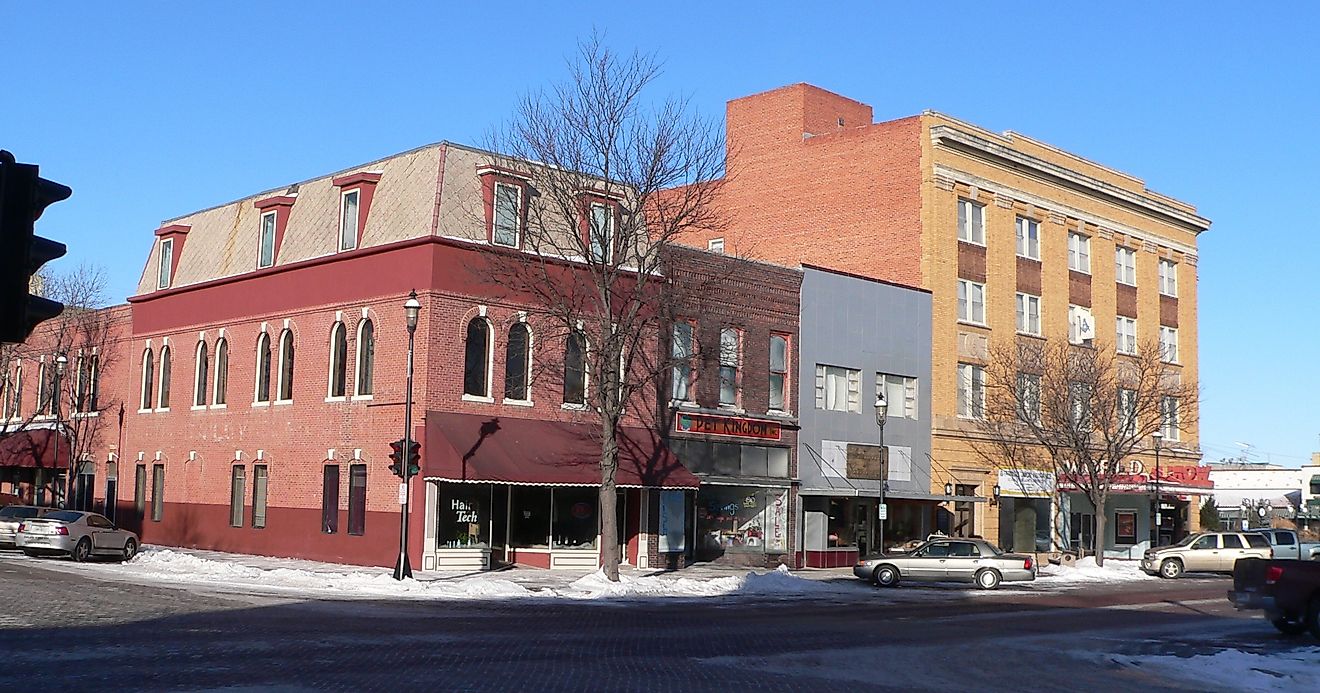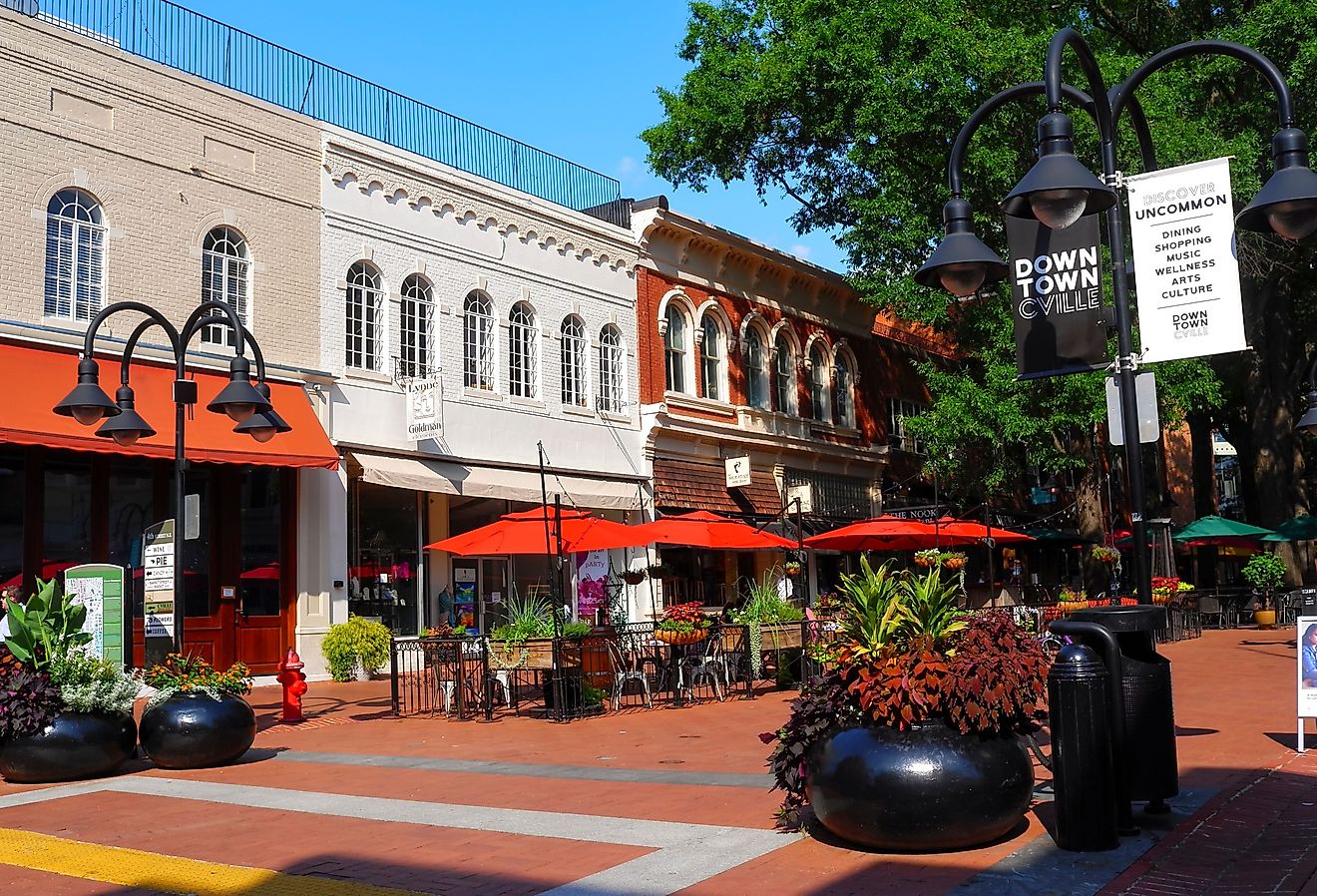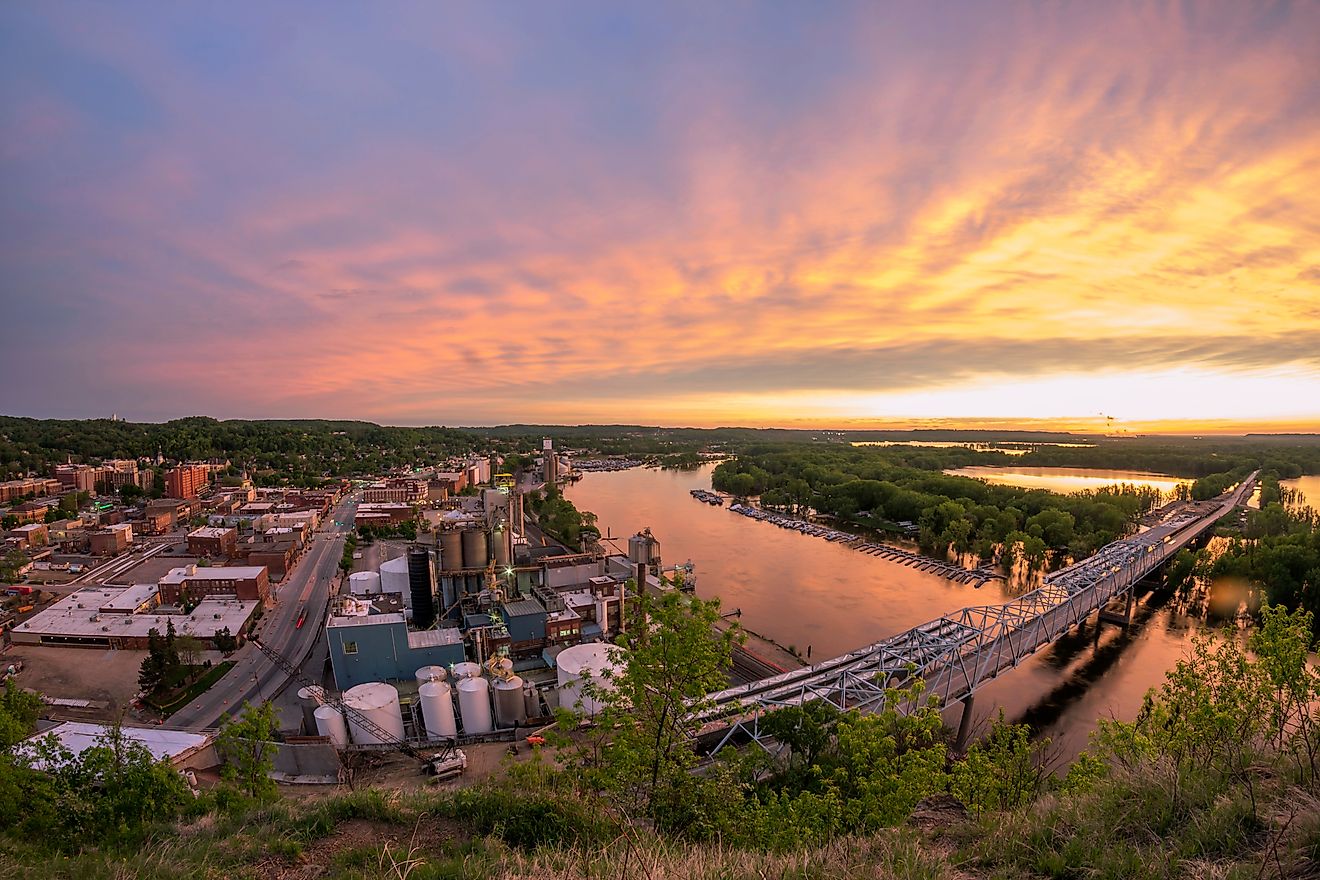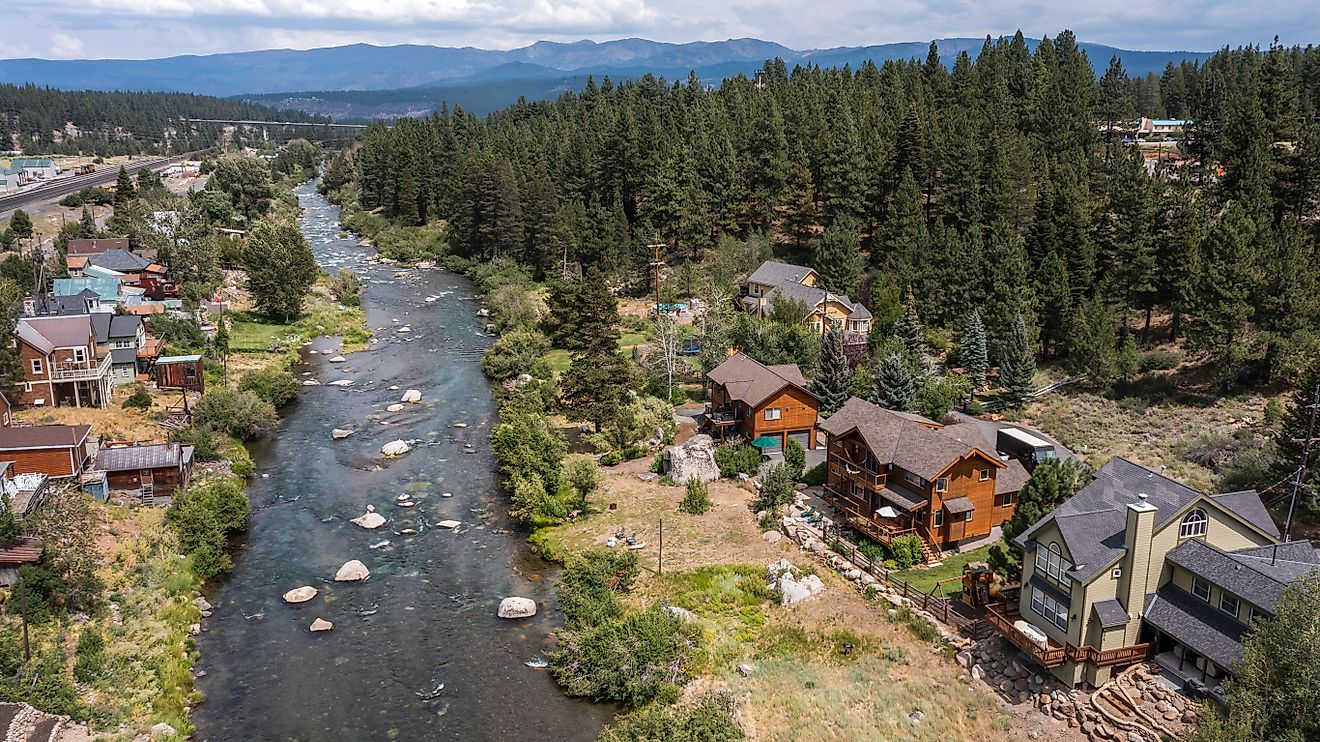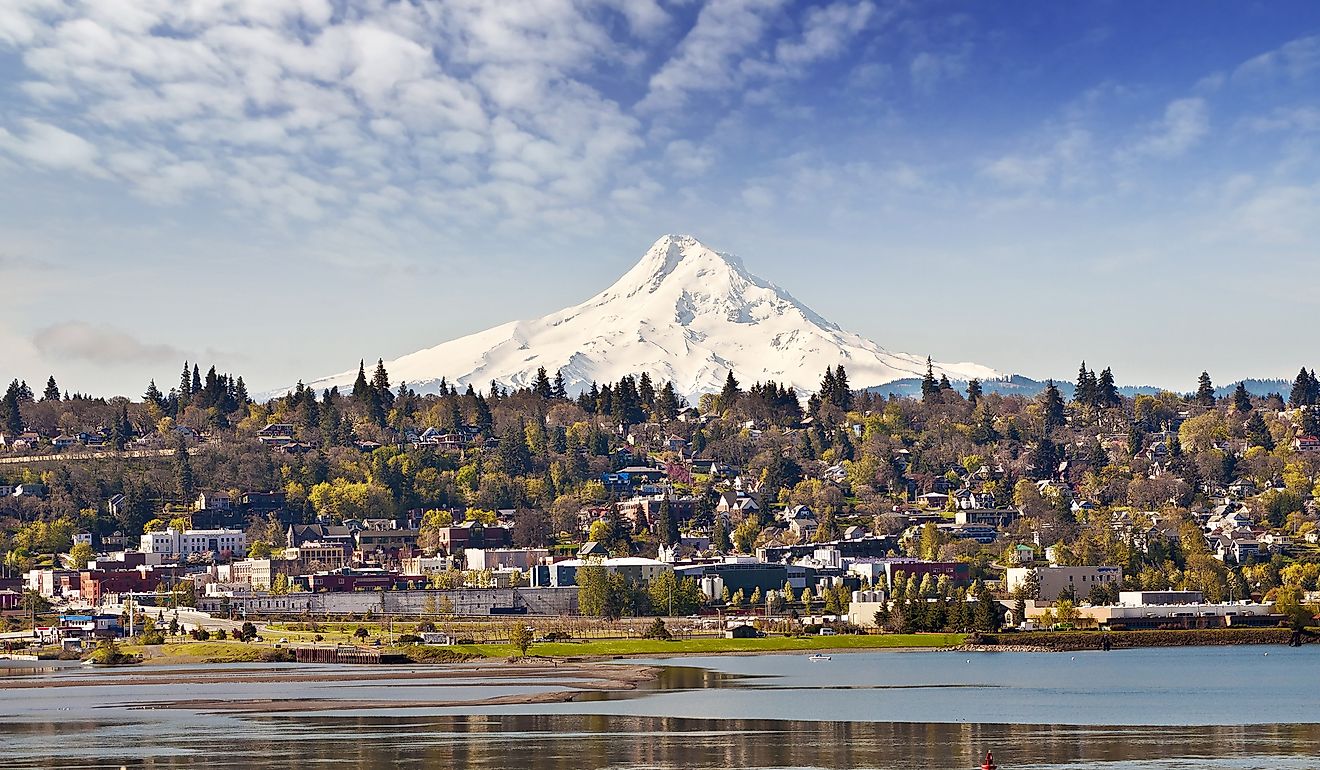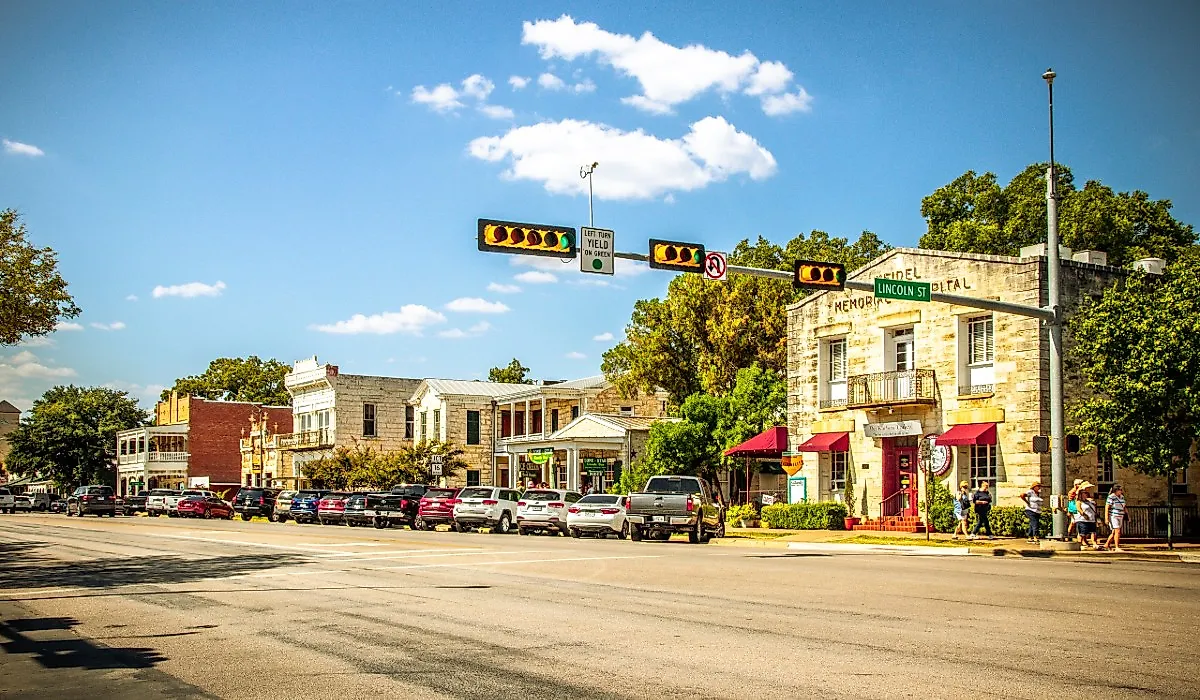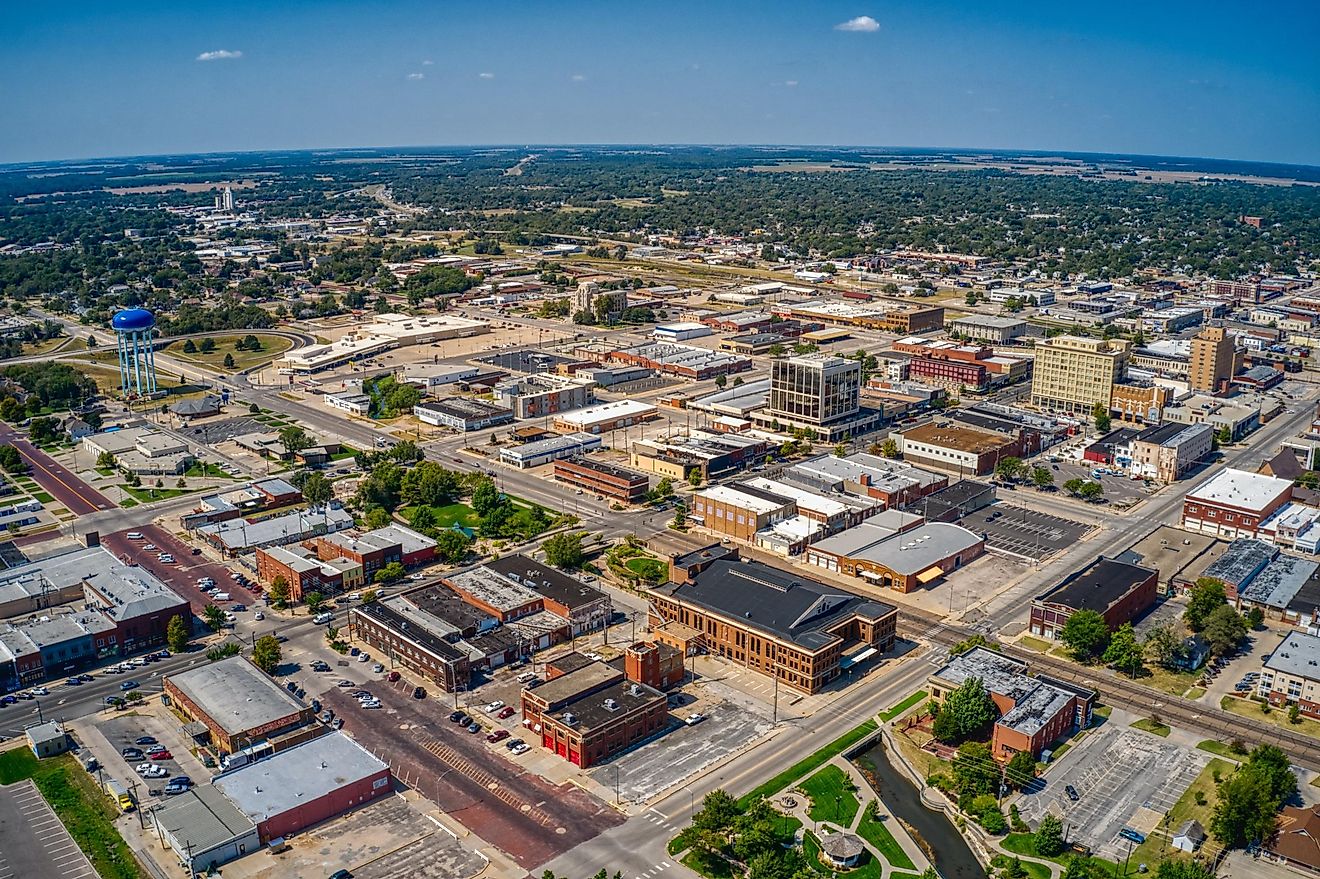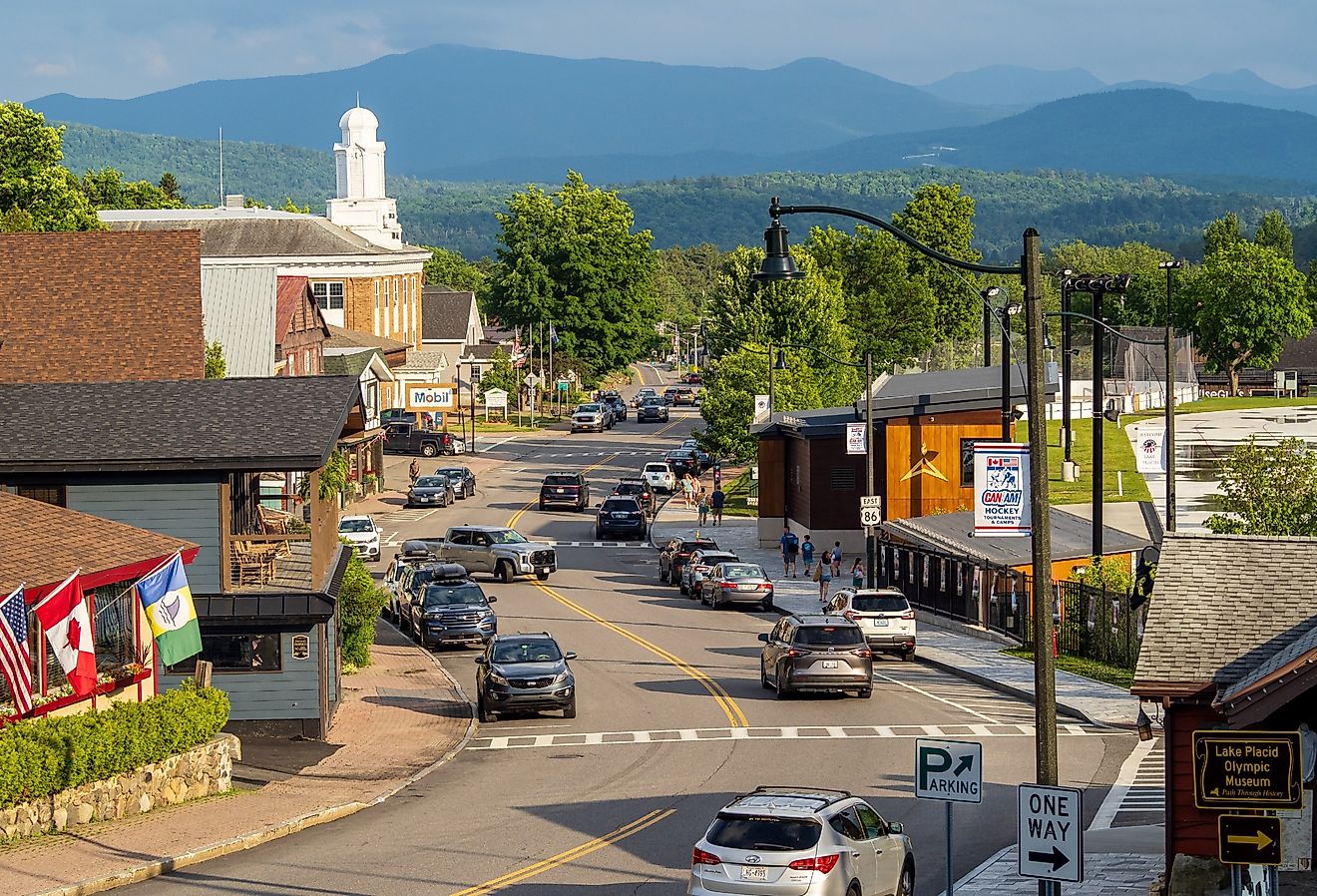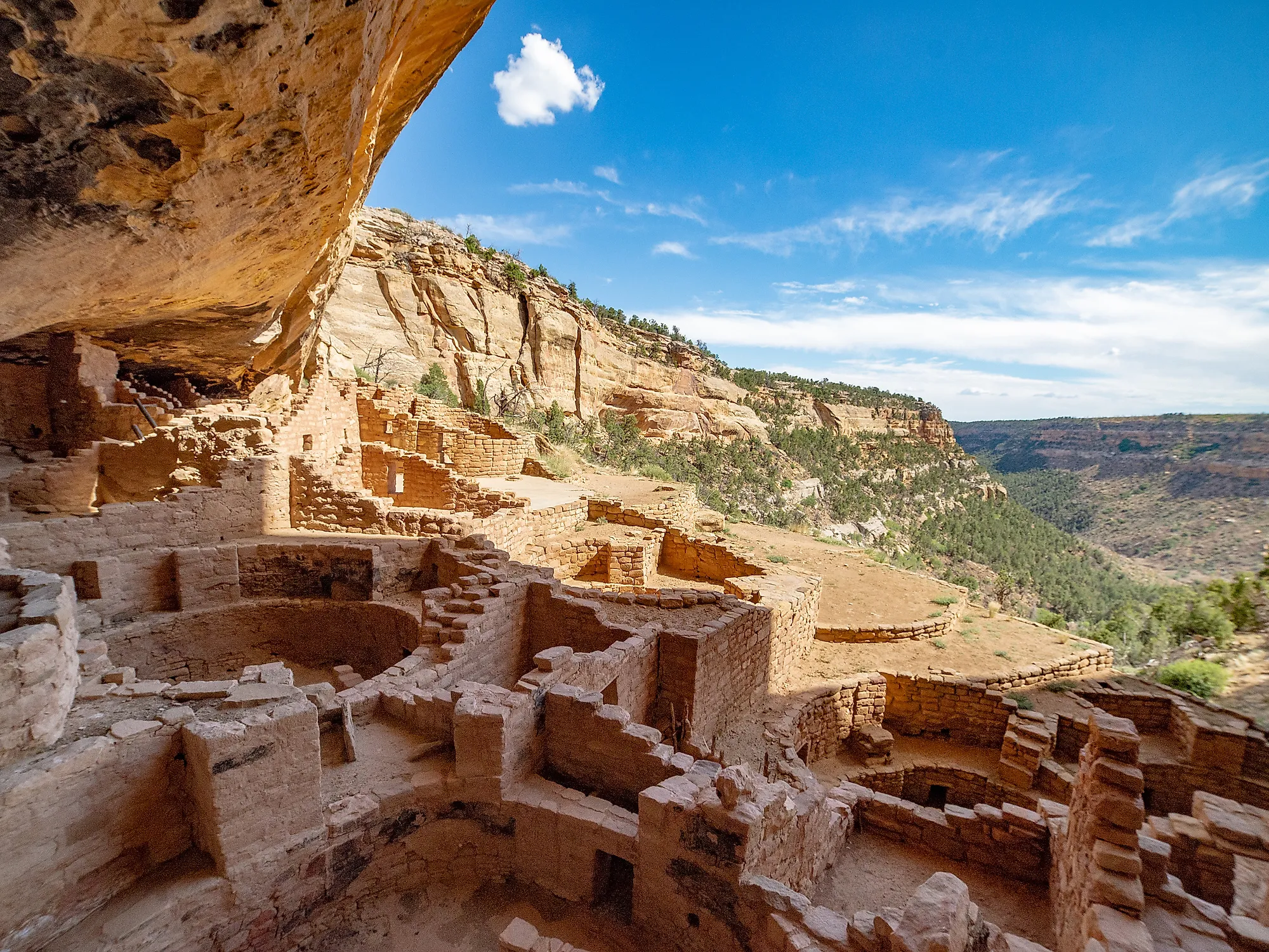
Mesa Verde National Park Preserves Cliff Palace Shadows Of Ancestral Puebloans
In Colorado's far southwestern corner lies a vast desert landscape, one that is as rugged as it is capable of preserving archaeological sites for hundreds and even thousands of years. Because of that, Mesa Verde, located near the city of Durango, endures as one of the country's biggest and most important cultural gems; a place where one of North America's few ancient cities still stands, albeit a bit quieter than it once was.
A good destination to visit during either spring or fall, when the sweltering desert heat or the winter snows can be avoided, join us as we delve into this unique national park today. Let's uncover its history, and the modern draws that attract so many visitors year after year.
Who Originally Lived in Mesa Verde?

Mesa Verde was home to the Ancestral Puebloans (sometimes called Anasazi) for over 700 years, with permanent settlement of the land estimated to have begun all the way back in 550 CE. Early inhabitants initially lived in pit houses on the mesa tops, transitioning to above-ground villages made of adobe and stone in later centuries. Then, between 1190 and 1270, the population began constructing the iconic cliff dwellings that now exemplify the area's historic intrigue.
These multi-room structures were built into high-up sandstone alcoves, offering protection from the elements and enhancing security for their residents. Cliff Palace, the largest and most impressive of these, contains over 150 rooms and 20 kivas (distinct communal gathering rooms), reflecting the complex and organized society that once thrived here before seemingly vanishing.
The people of Mesa Verde likely subsisted by cultivating corn, beans, squash, and fruit trees, maintained extensive trade networks, and developed pottery, basketry, and intricate masonry techniques. By the late 1200s, however, the region was largely abandoned, likely due to prolonged drought, dwindling resources, and possible internal/external conflicts.
The descendants of the Mesa Verde people now belong to various modern Pueblo tribes, including the Hopi and Zuni, and communities along the Rio Grande and elsewhere throughout the Southwest. For them, Mesa Verde remains a sacred ancestral homeland that is more than just a national park.
How Did this Site Become a National Park?
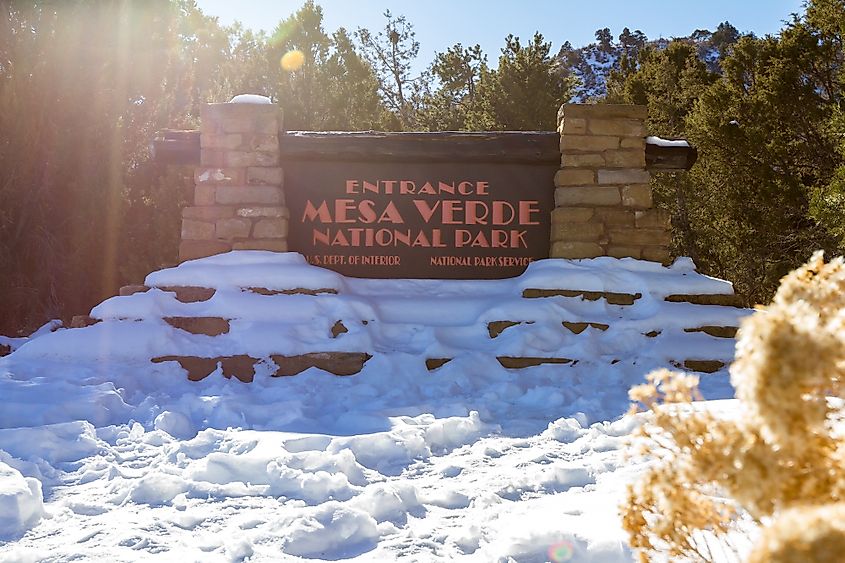
By the late 19th century, long after the last permanent Puebloan residents laid eyes on their homes, looting and vandalism threatened the archaeological integrity of Mesa Verde’s cliff dwellings. Public outcry, along with advocacy from a rising number of researchers and preservationists, led to calls for federal protection. In 1906, President Theodore Roosevelt signed legislation officially establishing Mesa Verde National Park, the first U.S. national park created specifically to preserve archeology rather than purely natural scenery.
Early efforts focused on stabilizing structures and creating basic access for visitors willing to make the journey to this still remote region of the U.S. The National Park Service, formed a decade later, then assumed responsibility for the park’s management. Over time, archaeologists conducted systematic excavations and preservation work, leading to a greater understanding of the Ancestral Puebloans and the environment around them. In large part because of these efforts, in 1978, Mesa Verde finally became a UNESCO World Heritage Site due to its cultural significance and meticulously-preserved dwellings.
Today, the park protects nearly 5,000 known archaeological sites, including over 600 cliff dwellings, and continues to collaborate with descendant tribal communities in managing its resources and interpretation. There are many distinct locations within Mesa Verde National Park that you can venture out to see for yourself up close.
Cliff Palace
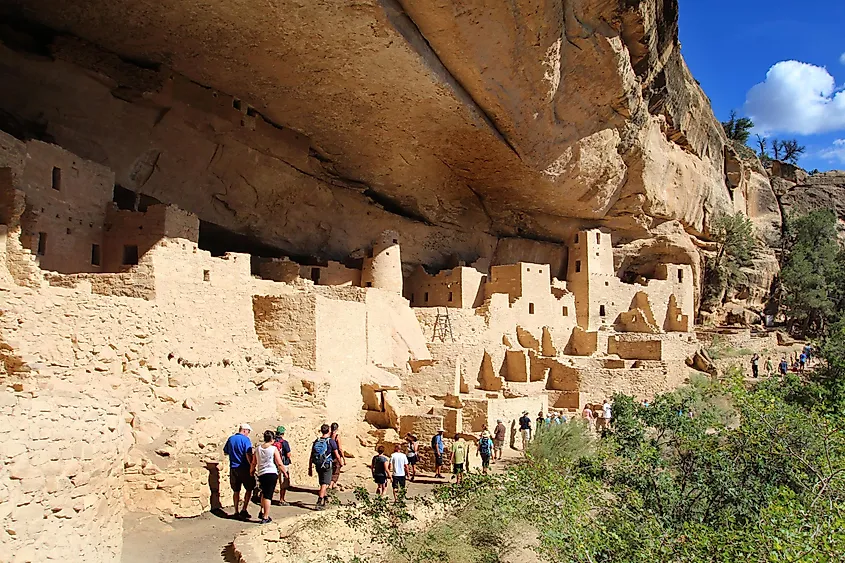
As mentioned, Cliff Palace is the biggest and most well-known cliff dwelling in Mesa Verde National Park. Built primarily in the late 12th century, the structure contains more than 150 separate rooms, many of which were used for ceremonial purposes. Constructed from sandstone, mortar, and wooden beams, Cliff Palace was likely a central gathering place for the large community of Ancestral Puebloans that once called the park home. Furthermore, its location beneath a natural rock overhang helped regulate temperature and provided shelter from the often harsh desert elements.
Now, visitors can explore Cliff Palace through ranger-guided tours, which highlight its architectural detail, cultural importance, and the unique engineering required to build such a structure into a cliff face.
Balcony House
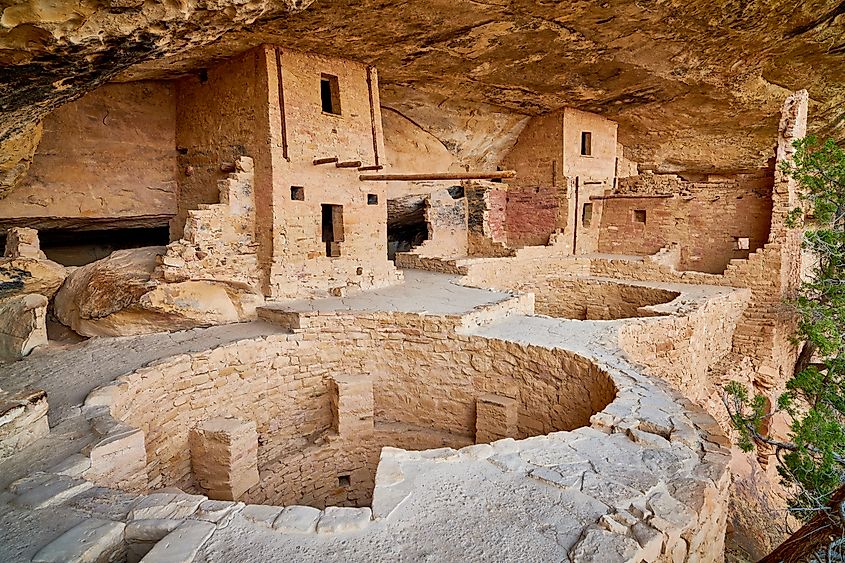
Balcony House is another one of Mesa Verde's most prominent cliff dwellings that you can visit. Built in the 13th century, it features 38 rooms and several kivas tucked into a narrow alcove high on a cliff face. Access requires climbing a 32-foot ladder, crawling through a tunnel, and navigating steep steps, ultimately giving you a direct sense of the dwelling’s defensive design. The site also includes a well-preserved balcony (hence the name) that once connected multiple rooms, leading to the theory that it likely housed a close-knit group of families.
Mesa Top Loop Road
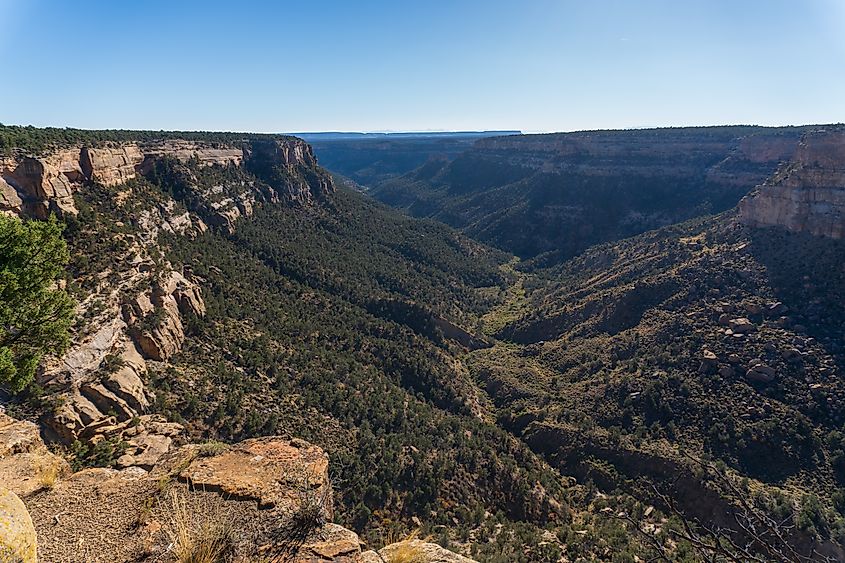
Mesa Top Loop Road is a 6-mile driving route within the park that provides access to a series of excavated sites and breathtaking lookout points. The loop was designed to follow the chronological development of Ancestral Puebloan civilization here, starting with early pit houses from around 550 CE and progressing to later masonry-built villages and cliff dwellings. Key stops include Square Tower House Overlook and Sun Point View, which offer excellent vantage points of other nearby canyon sites. Along the route, short paved foot trails lead to interpretive signs and more archaeological remains as well.
This scenic drive serves as a convenient introduction to the park and the beautiful desert landscape surrounding it all, allowing you to explore thousands of years of history in under two hours. Note that the road can be quite slippery in the winter, when the area is often covered with dustings of snow.
Mesa Verde Museum
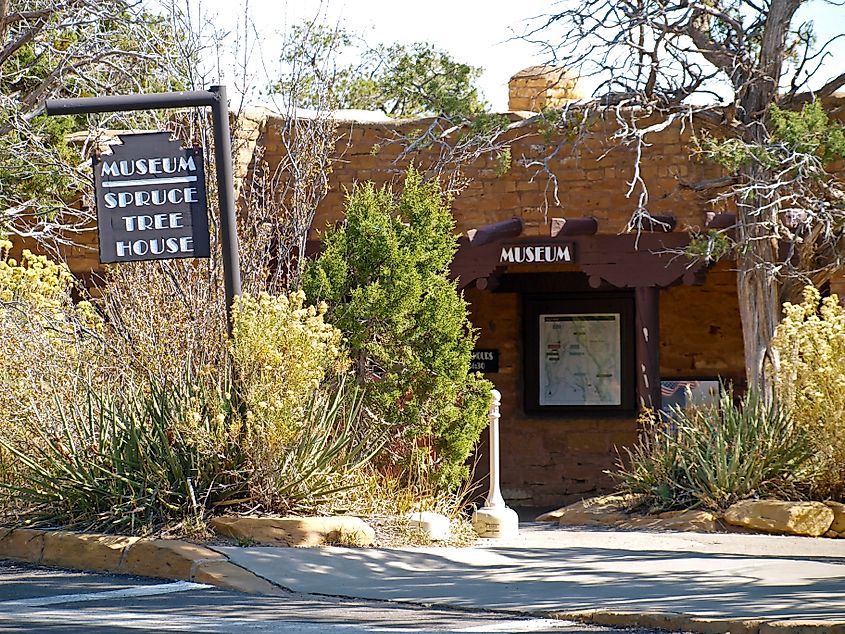
The Mesa Verde Museum, located near Spruce Tree House (yet another renowned archaeological site), serves as the park’s main interpretive center. Originally built in the 1920s by the Civilian Conservation Corps, the museum features exhibits on Ancestral Puebloan culture, archaeology, and daily life in the Mesa Verde region. Notably, it is one of the oldest museums in the entire National Park system.
Artifacts on display include pottery, tools, textiles, and other items uncovered during excavations. Detailed dioramas and educational panels explain the evolution of the area's architecture, traditional farming techniques, and native spiritual practices. The museum also plays a short orientation film, hosts various ranger programs, and is simply an ideal spot to start your trip in Mesa Verde.
Camping and Accommodations in Mesa Verde
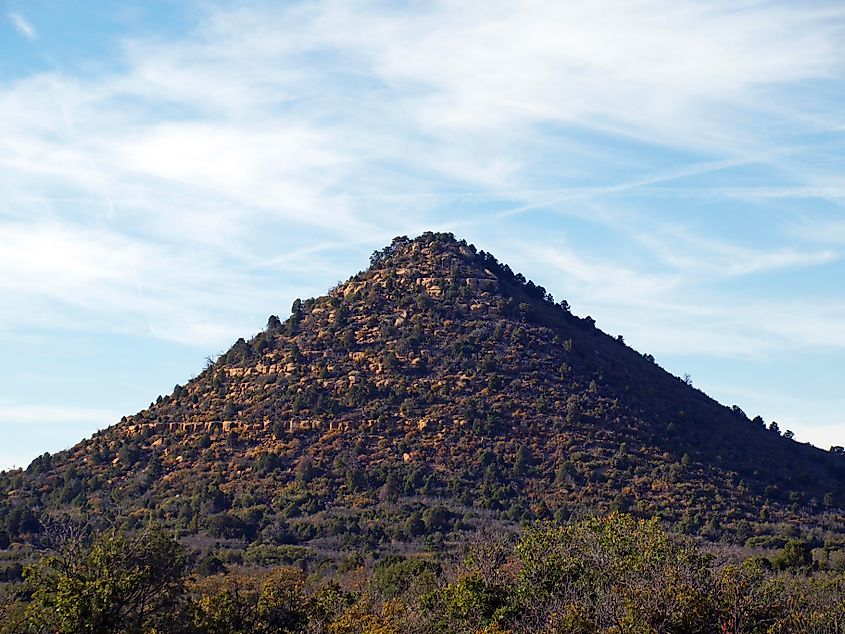
As there is clearly much to see and do here, many opt to stay for a night or two in the area. Mesa Verde National Park offers both in-park and nearby accommodations for visitors. Morefield Campground, for example, is located four miles inside the park entrance, has 267 sites for tents and RVs, as well as amenities like restrooms, showers, and a camp store. It operates seasonally, typically from late spring through early fall. For those seeking lodge-style lodging within the park, however, Far View Lodge provides cozy, modern rooms with unbeatable views of the surrounding mesas and canyons.
Outside the park, the nearby towns of Cortez, Mancos, and Dolores offer a range of hotels, motels, and vacation rentals, along with additional campgrounds. Options include chain hotels, locally owned inns, and private RV parks. These areas provide easy access to park entrances and additional dining and shopping. Some accommodations also cater to outdoor enthusiasts, with gear rentals or guided tours being provided by nearby businesses in these towns, especially in the more populous Cortez.
Visit this Archeological Gem in Colorado
As a destination open year-round, Mesa Verde is a must-visit for anyone passing through this remote corner of the Southwest. With its countless archaeological sites for the public to see, accompanied by lots of great trails and other modern amenities, this is certainly one that any park enthusiast ought to visit at least once.


